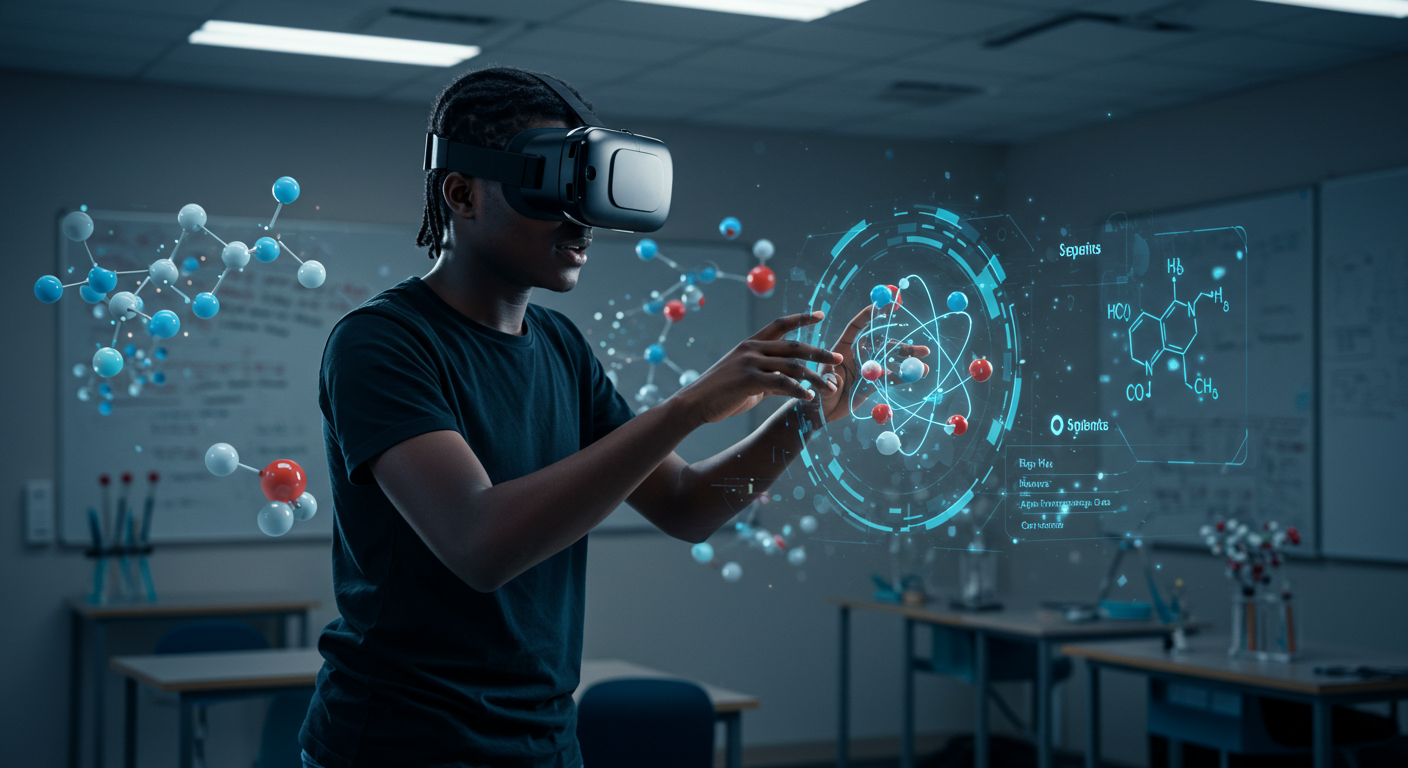Introduction
Imagine stepping inside the human body to explore the circulatory system, walking on Mars to study planetary geology, or conducting chemistry experiments without the risk of spills or explosions. With Virtual Reality (VR), these experiences are no longer science fiction—they are transforming the way students learn. VR is bringing science education to life, making complex concepts more engaging, interactive, and accessible.
The Role of VR in Science Learning
Traditional science education relies heavily on textbooks, diagrams, and occasional lab experiments. However, many scientific concepts, such as molecular structures, space exploration, and physics simulations, are difficult to visualize and understand. VR helps bridge this gap by offering immersive, hands-on experiences that enhance comprehension and retention.
1. Exploring the Human Body in 3D
With VR, students can take a guided tour through the human body, zooming in on cells, organs, and systems in an interactive 3D environment. Applications like The Body VR and Anatomyou VR allow students to navigate through veins, observe how blood flows, and see the impact of diseases on human health.
2. Virtual Field Trips to Space and Beyond
Not every school can take students on a field trip to NASA or the Amazon Rainforest, but VR can. With applications like Google Expeditions and Titans of Space, students can walk on Mars, orbit planets, and explore galaxies from their classrooms, making astronomy lessons incredibly immersive.
3. Safe and Engaging Chemistry Experiments
VR enables students to conduct experiments in a risk-free virtual lab. Programs like Labster allow students to mix chemicals, observe reactions, and test hypotheses without the need for physical lab materials, reducing costs and safety concerns.
4. Understanding Physics Through Interactive Simulations
Physics can be challenging to grasp through formulas alone. VR applications like Newton’s House of Forces let students experience gravity, motion, and electromagnetism in action, making abstract concepts more tangible and exciting.
Benefits of VR in Science Education
- Increased Engagement: VR transforms passive learning into an active experience, keeping students engaged and curious.
- Better Retention: Studies show that students remember information better when they experience it rather than just reading or hearing about it.
- Accessibility: VR allows students from any location to access world-class science education, leveling the playing field for learners worldwide.
- Hands-On Learning Without Risks: Students can experiment with dangerous chemicals, extreme environments, and complex machinery in a completely safe setting.
How Schools Can Integrate VR into Science Curriculums
Schools looking to adopt VR can start by:
- Investing in affordable VR headsets like Oculus Quest, Google Cardboard, or HTC Vive.
- Using free and paid VR science applications available for classroom use.
- Training teachers on how to integrate VR lessons into the curriculum effectively.
- Partnering with STEAM organizations to develop hands-on VR learning experiences for students.
Conclusion
Virtual Reality is reshaping science education by making learning more interactive, immersive, and impactful. As technology advances, VR will continue to unlock new possibilities, preparing students for a future where science and technology drive innovation.
Want to bring VR science learning to your school?
Join our STEAM Innovation Foundation VR programs and give students the chance to explore science like never before!


